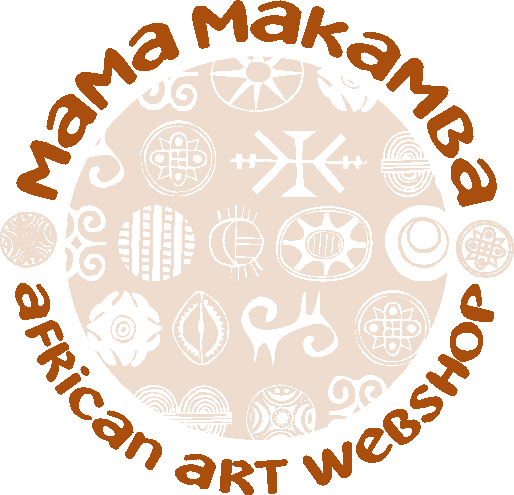My name is Maria Malan, i was born in the Netherlands but my passion, my passion for Africa and its people, particularly African Art, has been a lifelong journey. This fascination has led me on numerous adventures across the continent. Many years ago, I embarked on the journey of collecting African Art, and over time, I seized the opportunity to establish two boutiques in the Caribbean. Today, I call South Africa my home, which has made it considerably more accessible to uncover the most exquisite, enchanting, and valuable pieces.
I extend a warm invitation to you to explore our collection, in the hope that you will discover a piece that resonates with you. Whether it’s for your home, office, restaurant, or any other environment, these treasures can infuse a touch of Africa into your surroundings.
Take a moment to delve into our products and learn about the diverse tribes that inspire our collection.



I am Mark Yotamu Phiri, hailing from Yotamu village in the southern part of Kasungu district in Malawi.
My birth took place in a rural village situated northwest of Lilongwe city, where my parents had established their home. I come from royal lineage on both sides of my family. Growing up in a village environment exposed me to various skills practiced by rural artisans, such as beadwork, wood and stone carving, and the creation of terracotta arts. A vivid memory from my childhood is of my mother crafting terracotta pots at our home.
While progressing through my schooling years, my interest in cultural arts began to flourish. I made a conscious decision to delve deeper into the cultural arts present in my villages, my country, and across the vast expanse of my beloved Africa. The term “dark continent” intrigued me, as it was once a place largely unknown and undiscovered. Recognizing that Africa possesses everything essential for human life, I observed how artisans across the continent engaged in similar artistic practices for various purposes, including weddings, fertility rites, luck charms, initiation ceremonies, funerals, chief appointing’s, and more.
As time swiftly passed, I found myself immersed in the Tribal arts business for over three decades. Initially unaware that these cultural arts could be commercially viable, I had grown up understanding them solely as objects of daily use from childhood to adulthood.
Today, I am enlightened about the global reach of African arts, extending as far as The United States, India, France, Germany, and other European countries, especially during the era of the slave trade. The diverse array of art forms, from statues to baskets and masks, serves different occasions and ceremonies.

